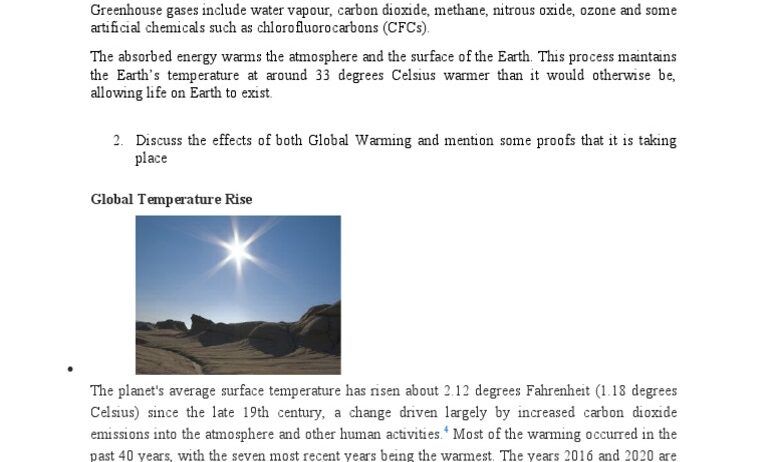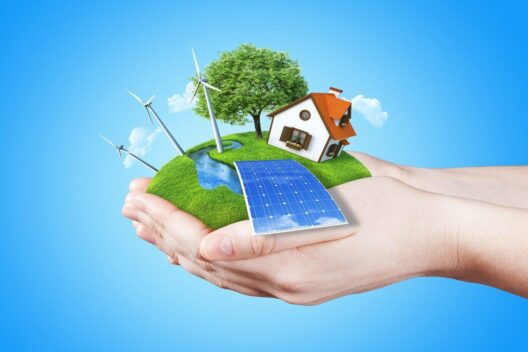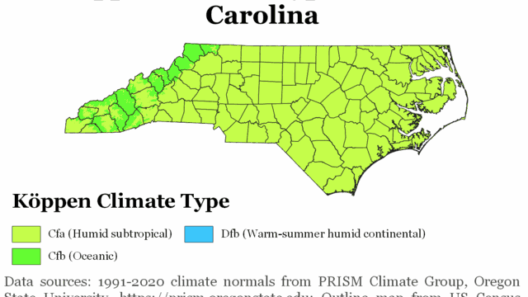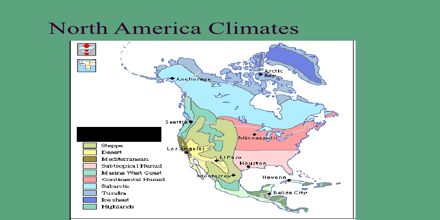Understanding the intricate distinction between climate change and global warming is essential for grasping the dynamics of our planet’s environmental shifts. While often used interchangeably in casual discourse, the two terms possess distinct meanings that address different aspects of Earth’s atmospheric behavior.
Definitions:
At its core, global warming refers specifically to the long-term elevation of Earth’s average surface temperature. This phenomenon is primarily driven by the accumulation of greenhouse gases, such as carbon dioxide (CO2) and methane (CH4), in the atmosphere. These gases trap heat from the sun, creating a “greenhouse effect” that results in higher temperatures.
Climate change, on the other hand, encompasses a broader spectrum of alterations in climate patterns. It includes not only rising temperatures but also shifts in precipitation, increased frequency and severity of extreme weather events, and changes in sea levels. While global warming is a significant contributor to climate change, climate change itself includes various anthropogenic and natural factors beyond thermal increases.
Causes:
The causes of global warming are primarily anthropogenic. Human activities such as burning fossil fuels, deforestation, and industrial processes have led to a marked increase in greenhouse gas emissions since the Industrial Revolution. The combustion of coal, oil, and natural gas releases carbon dioxide, while agriculture contributes significant amounts of methane.
Conversely, climate change is influenced by both human activities and natural processes. Natural phenomena such as volcanic eruptions, solar radiation variability, and ocean circulation patterns can also play a pivotal role in climate dynamics. However, the overwhelming evidence suggests that human influence has accelerated the rate of climate change, making it unprecedented in the context of geological time.
Impacts of Global Warming and Climate Change:
The ramifications of global warming are profound and multifaceted. A rise in temperature correlates with melting polar ice caps and glaciers, contributing to rising sea levels. This has a cascading effect on coastal ecosystems and human settlements, leading to increased flooding and loss of habitat for many species. Additionally, warmer temperatures can disrupt agricultural yields, posing a significant risk to food security.
Climate change, meanwhile, manifests in various ways beyond mere temperature increase. It results in altered precipitation patterns that can cause prolonged droughts in some regions and detrimental flooding in others. These shifts can lead to increased susceptibility to wildfires, altered fishing patterns, and the potential collapse of certain ecosystems. Moreover, changes in climate can dramatically influence human health, exacerbating respiratory diseases and increasing the prevalence of heat-related illnesses.
Socioeconomic Consequences:
The socioeconomic impacts stemming from both global warming and climate change are significant and warrant attention. Vulnerable populations, particularly in developing nations, are disproportionately affected due to limited adaptive capacity. Water scarcity, income loss, and poor agricultural conditions can exacerbate existing inequalities, leading to humanitarian crises.
Furthermore, as sea levels rise, cities situated along coastlines face existential threats. The economic implications include the destruction of infrastructure, loss of livelihoods, and increased migration pressures. Global economic stability is at risk as industries reliant on stable climate conditions, such as agriculture and tourism, begin to falter under the combined pressures of climate change.
Mitigation Strategies:
Addressing global warming involves implementing strategies aimed at reducing greenhouse gas emissions. Transitioning to renewable energy sources, such as solar, wind, and hydroelectric power, is crucial. Enhancing energy efficiency in buildings, promoting electric vehicles, and encouraging public transportation can collectively mitigate emissions.
Mitigation of climate change is more complex due to its multifaceted nature. It not only requires emission reductions but also necessitates adaptation measures. Communities must invest in infrastructure that can withstand severe weather events, implement water conservation techniques, and develop agricultural practices that are resilient to shifting climatic conditions.
The Role of Policy and Global Cooperation:
Effective policy initiatives play a critical role in mitigating the impacts of global warming and climate change. International agreements, such as the Paris Agreement, aim to galvanize global cooperation in reducing emissions and fostering sustainable development. Policymakers must prioritize environmental regulations that limit carbon emissions and support green technologies.
Public awareness and education are fundamental in driving grassroots movements. Empowering individuals through knowledge can lead to collective action, instigating local and global shifts toward sustainability. Advocacy for governmental accountability can push for systemic changes essential for a lasting impact.
Conclusion:
In summation, while global warming and climate change are interrelated, recognizing their distinctions fosters a more comprehensive understanding of the challenges facing our planet. Global warming is an essential aspect of the broader climate change narrative, influenced by human endeavors and natural processes alike. By understanding these concepts, society can mobilize more effectively towards mitigating impending environmental crises and fostering resilience in the face of an uncertain future.







